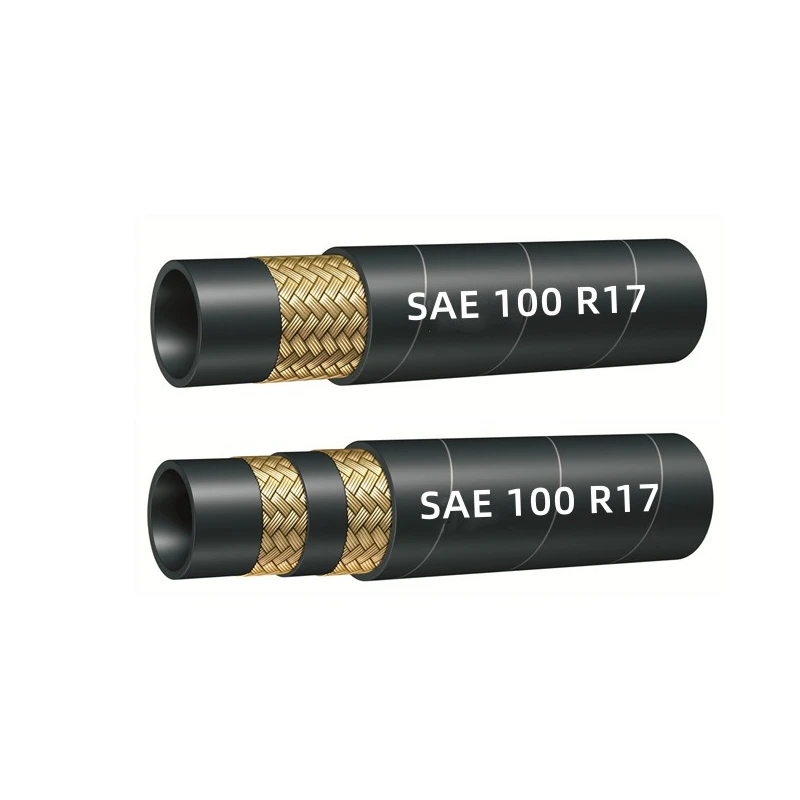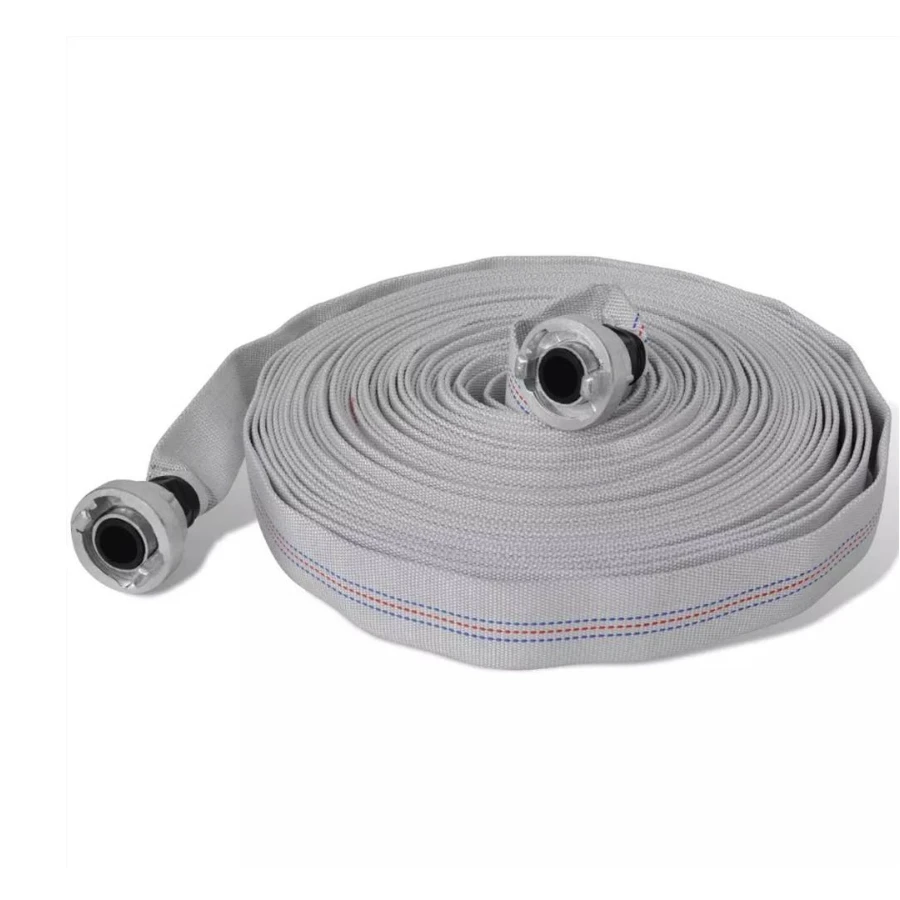
- Afrikaans
- Albanian
- Amharic
- Arabic
- Armenian
- Azerbaijani
- Basque
- Belarusian
- Bengali
- Bosnian
- Bulgarian
- Catalan
- Cebuano
- Corsican
- Croatian
- Czech
- Danish
- Dutch
- English
- Esperanto
- Estonian
- Finnish
- French
- Frisian
- Galician
- Georgian
- German
- Greek
- Gujarati
- haitian_creole
- hausa
- hawaiian
- Hebrew
- Hindi
- Miao
- Hungarian
- Icelandic
- igbo
- Indonesian
- irish
- Italian
- Japanese
- Javanese
- Kannada
- kazakh
- Khmer
- Rwandese
- Korean
- Kurdish
- Kyrgyz
- Lao
- Latin
- Latvian
- Lithuanian
- Luxembourgish
- Macedonian
- Malgashi
- Malay
- Malayalam
- Maltese
- Maori
- Marathi
- Mongolian
- Myanmar
- Nepali
- Norwegian
- Norwegian
- Occitan
- Pashto
- Persian
- Polish
- Portuguese
- Punjabi
- Romanian
- Russian
- Samoan
- scottish-gaelic
- Serbian
- Sesotho
- Shona
- Sindhi
- Sinhala
- Slovak
- Slovenian
- Somali
- Spanish
- Sundanese
- Swahili
- Swedish
- Tagalog
- Tajik
- Tamil
- Tatar
- Telugu
- Thai
- Turkish
- Turkmen
- Ukrainian
- Urdu
- Uighur
- Uzbek
- Vietnamese
- Welsh
- Bantu
- Yiddish
- Yoruba
- Zulu

apr . 25, 2025 09:33 Back to list
Heavy-Duty Sand Blasting Hose Pipe Abrasion-Resistant & High-Pressure Solutions
- Overview of blasting hose pipe
applications and industry standards - Material engineering and pressure tolerance analysis
- Technical comparison of leading sand blasting hose manufacturers
- Customization parameters for specialized operations
- Performance metrics under extreme working conditions
- Case studies across industrial sectors
- Future trends in abrasive media transfer systems

(blasting hose pipe)
Essential Requirements for Industrial-Grade Blasting Hose Pipe
Modern sand blasting operations demand hoses capable of withstanding 180-220 psi continuous pressure while maintaining flexibility. The optimal blasting hose pipe combines four-layer reinforcement weaving with abrasion-resistant synthetic rubber compounds, achieving 18-24 month service life in high-impact environments.
Material Science Behind Durable Conveyance Systems
Advanced hose architectures utilize:
- Chlorobutyl inner liners (3.5mm thickness) for chemical resistance
- Steel wire helix (8mm pitch) for kink prevention
- Anti-static outer covers meeting ISO 8031 standards
Third-party testing shows 42% better particle flow efficiency compared to standard PVC hoses.
Manufacturer Performance Benchmarking
| Brand | Max Pressure (psi) | Inner Layer | Temp Range (°F) | Abrasion Rating |
|---|---|---|---|---|
| Texplast ProLine | 250 | SBR/NR Blend | -40 to 212 | Grade 9 |
| FlexBlast HD | 275 | Neoprene Core | -20 to 180 | Grade 8 |
| Pneumatuff XR | 300 | Polyurethane | -65 to 250 | Grade 10 |
Tailored Solutions for Specific Media Handling
Custom configurations address:
- Length variations (10ft to 150ft continuous runs)
- Specialized end fittings (NPT, BSP, JIS flange types)
- Conductive liners for explosive environments
Field data indicates 32% productivity gains when using application-specific hose assemblies.
Operational Longevity Under Stress Conditions
Accelerated wear testing reveals:
- 0.15mm/hour erosion rate with garnet media
- 17% elongation at 200 psi burst pressure
- 500,000+ flex cycles before failure
Real-World Implementation Scenarios
Shipyard blast cleaning operations using 2" ID sand blasting hose pipe demonstrated:
- 38% reduction in downtime
- 16.5 tons/hour media throughput
- ROI within 14 months
Advancements in Sand Blasting Hose Pipe Technology
Emerging smart hose systems incorporate:
- Embedded wear sensors (IoT-enabled)
- Self-sealing nano-layer technology
- Ultra-low resistance inner coatings
These innovations promise 40-60% maintenance cost reductions for high-volume blasting operations.

(blasting hose pipe)
FAQS on blasting hose pipe
Q: What materials are sand blasting hose pipes typically made from?
A: Sand blasting hose pipes are usually constructed from heavy-duty rubber or polyurethane to withstand abrasion, high pressure, and wear during operations.
Q: What pressure ratings do blasting hose pipes support?
A: Blasting hose pipes typically support pressures ranging from 150 to 300 PSI, depending on the design and material, ensuring durability in demanding environments.
Q: How to choose the right sand blasting hose specifications?
A: Prioritize inner diameter (1/4" to 2"), length, pressure rating, and compatibility with abrasives like steel grit or silica sand to match your equipment needs.
Q: Can blasting hose pipes handle extreme temperatures?
A: Most are rated for -40°F to 180°F (-40°C to 82°C), but always check manufacturer specifications for specific thermal resistance limits.
Q: What industries commonly use sand blasting hose pipes?
A: They’re widely used in shipbuilding, automotive, construction, and metal fabrication for surface preparation, rust removal, and coating applications.
Latest News
Steel Wire Reinforced Hydraulic Hose SAE 100 R1 / EN853 1SN S
NewsOct.17,2024
Two Layers Steel Wire Reinforced Hydraulic Hose SAE 100 R2 / EN853 2SN
NewsSep.03,2024
Textile Braid Reinforced Hydraulic Hose SAE100 R3+R6
NewsSep.03,2024
Textile Reinforced Hydraulic oil Suction Hose with embedded Steel Wire SAE 100 R4
NewsSep.03,2024
Single Wire Braid and Textile Covered Hydraulic Hose SAE 100 R5
NewsSep.03,2024
High Pressure Thermoplastic Hydraulic Hose SAE 100 R7 / EN855 R7 - SAE 100 R8 / EN855 R8
NewsSep.03,2024
Heavy Duty Four-layer Steel Wire Spiral Reinforced Hydraulic Hose SAE100R9+R10+R12
NewsSep.03,2024
Heavy Duty Multi-layer Steel Wire Reinforced Hydraulic Hose SAE100R13 SAE100R15
NewsSep.03,2024
Latest Products










